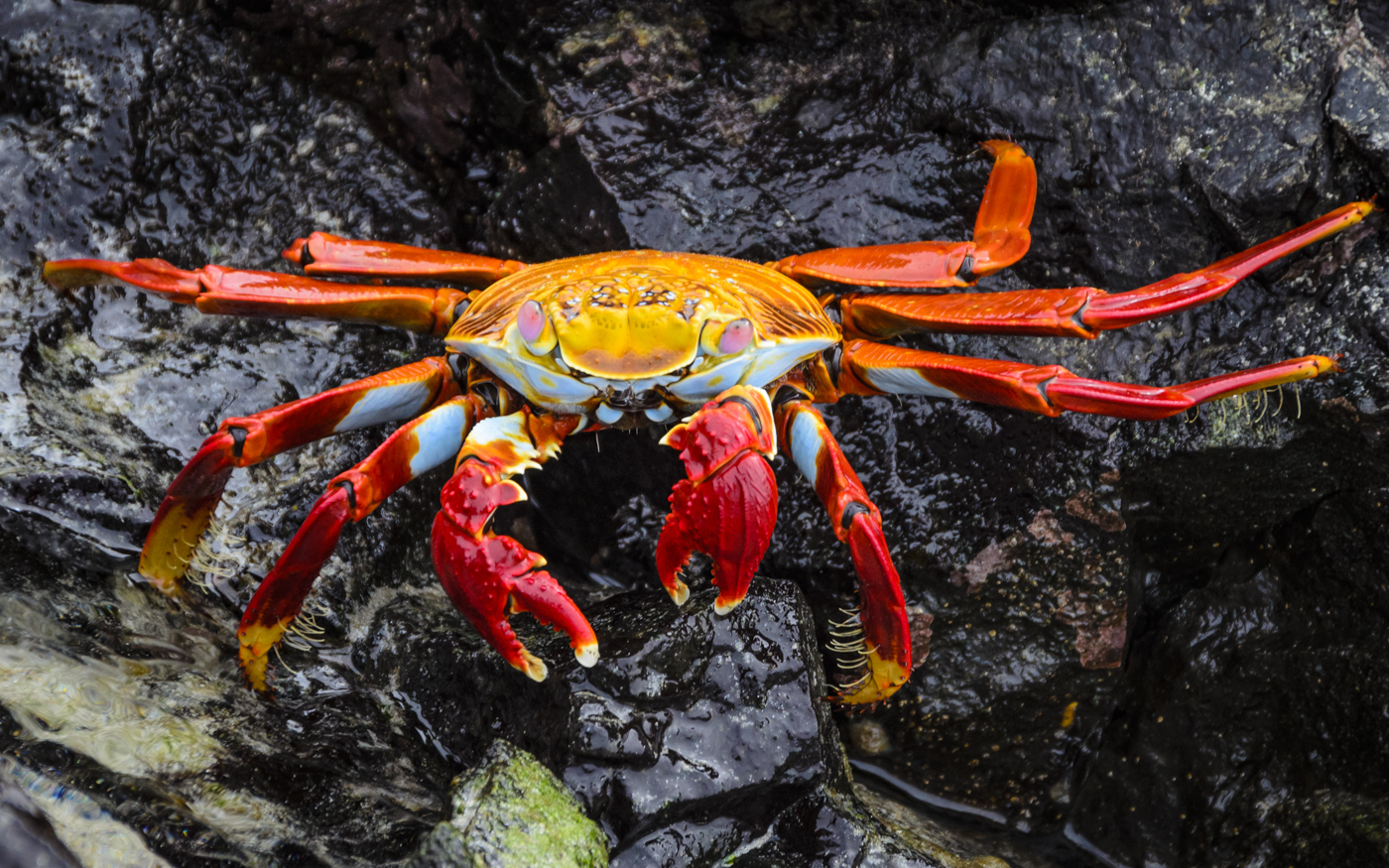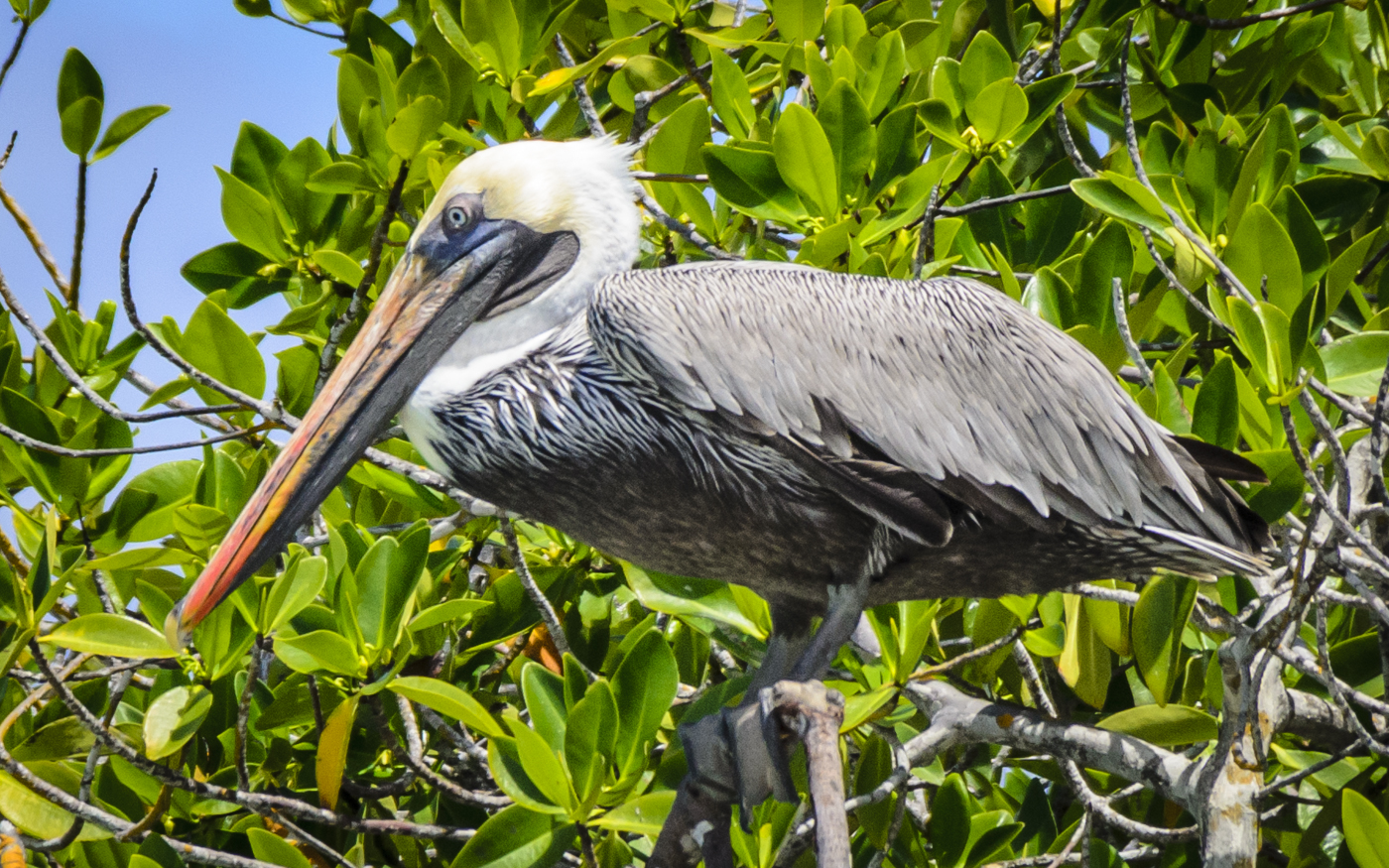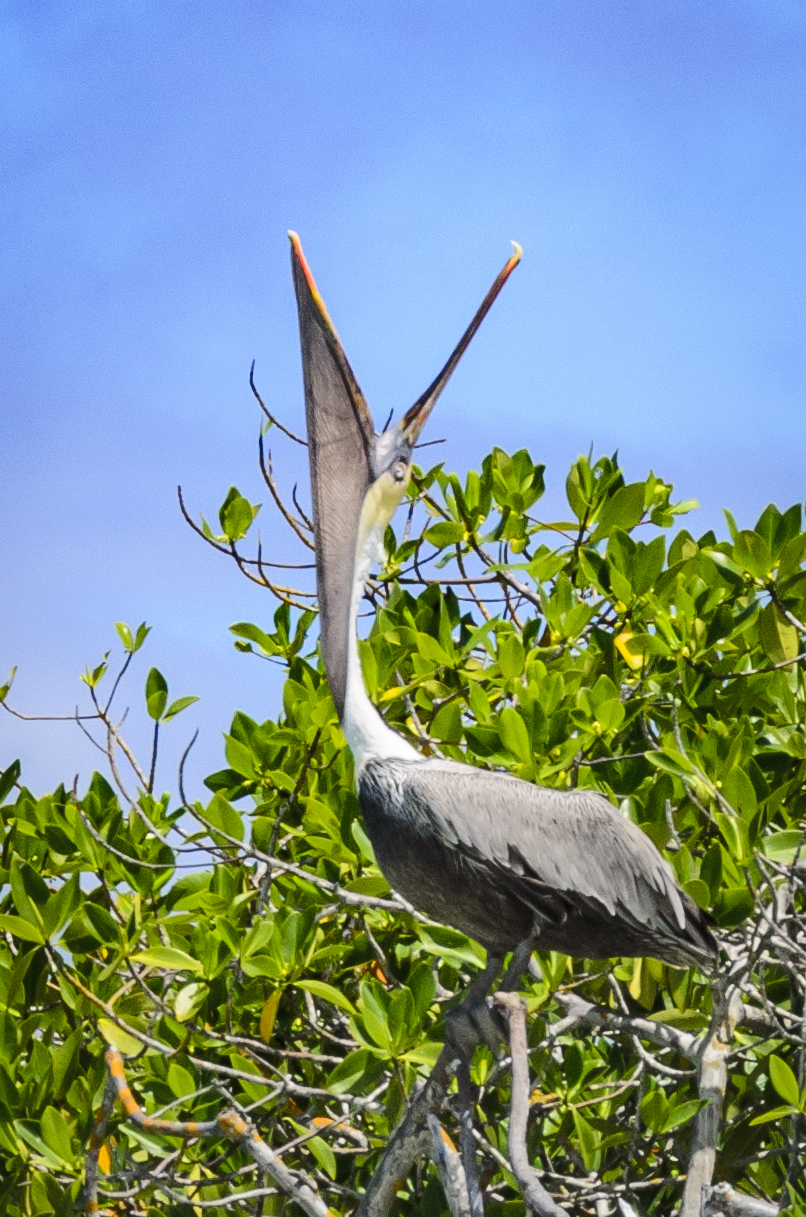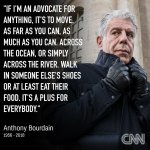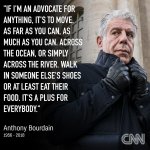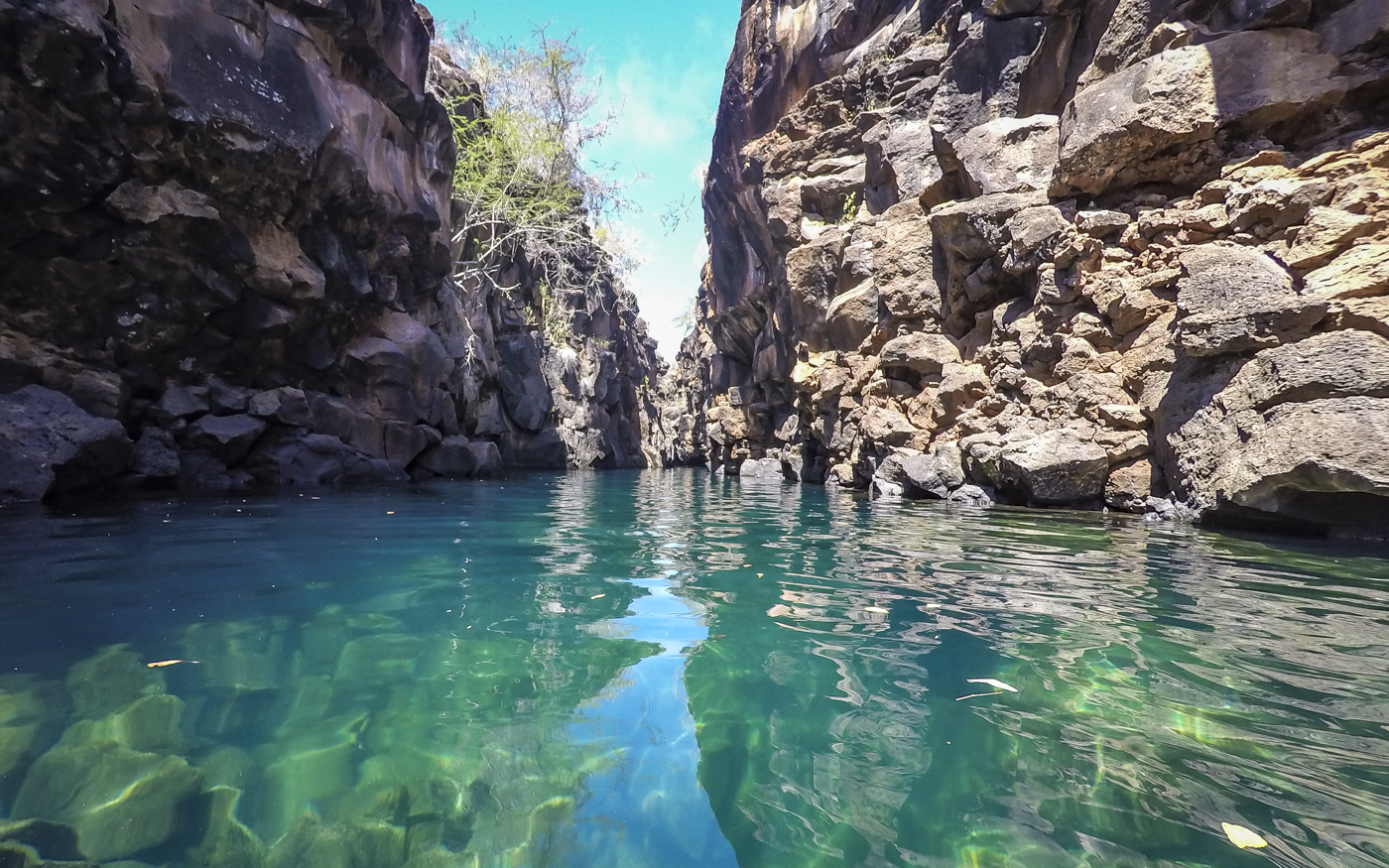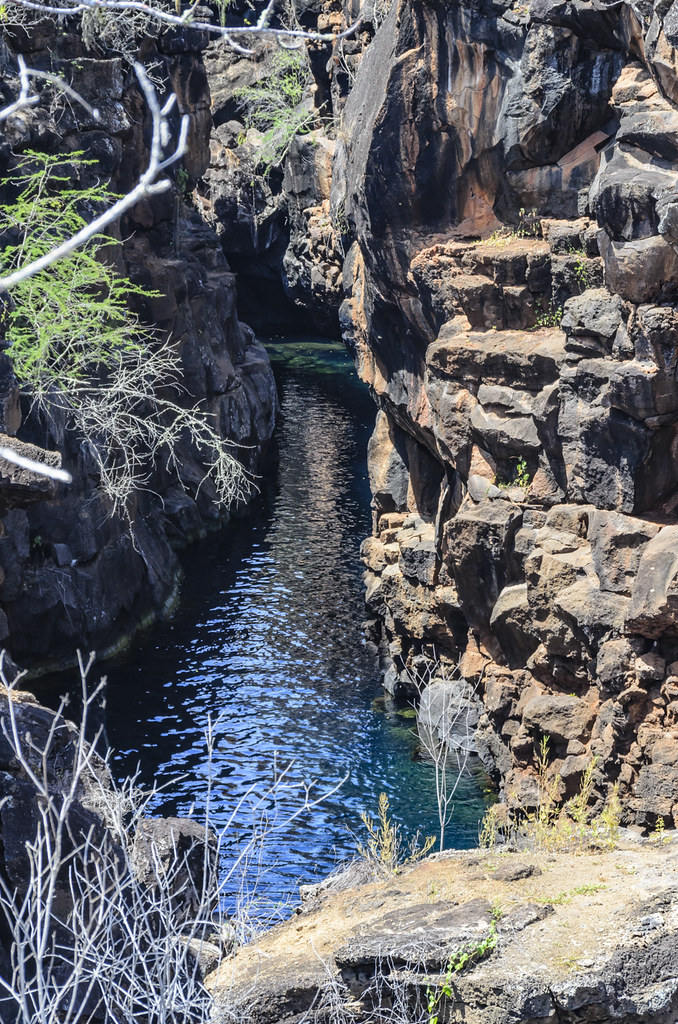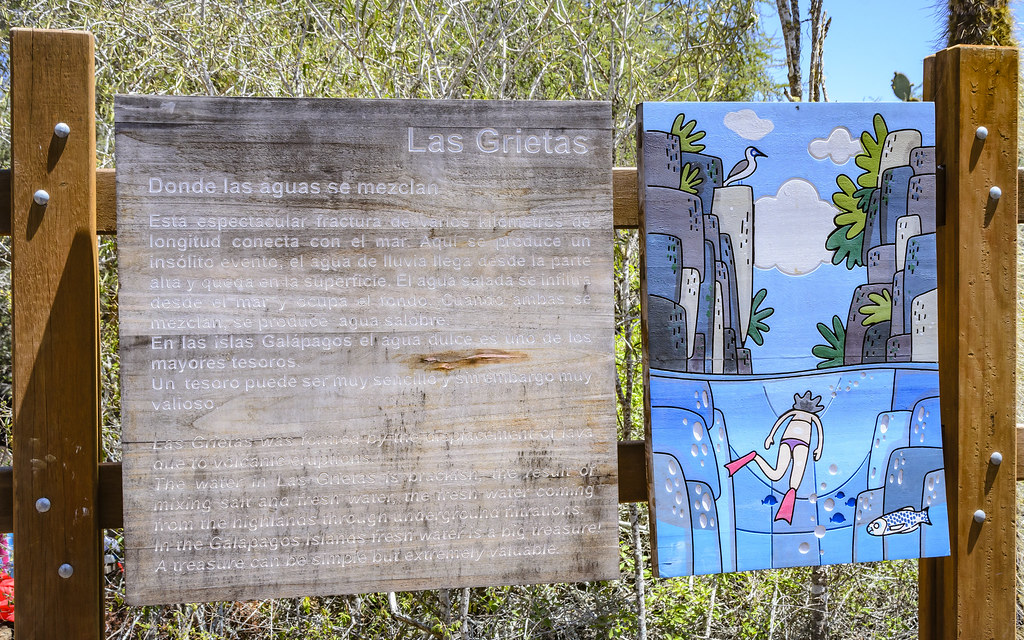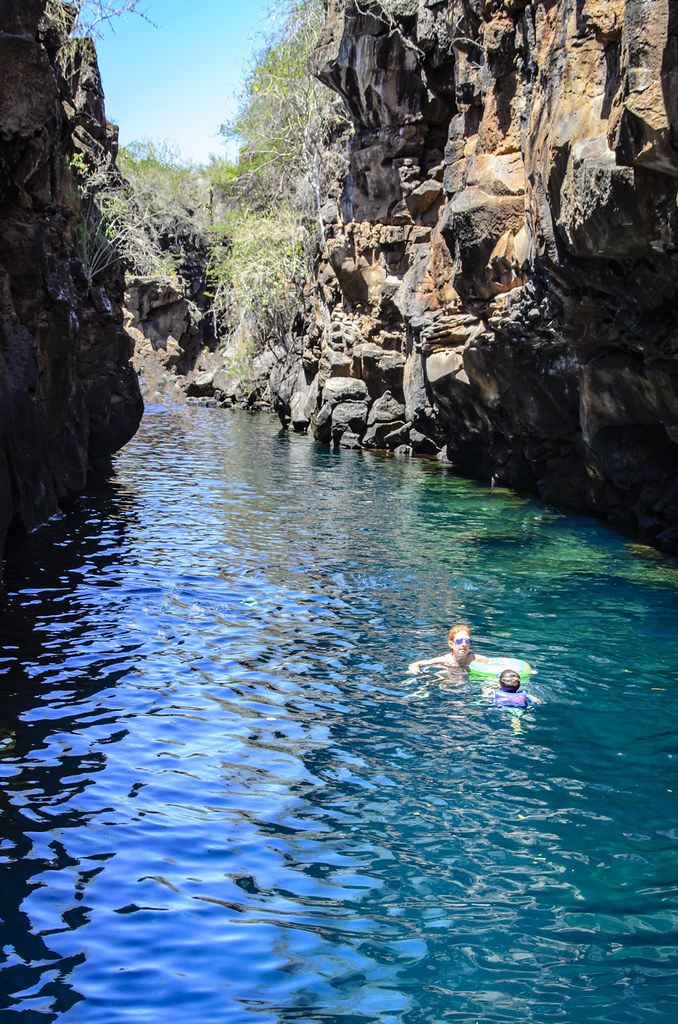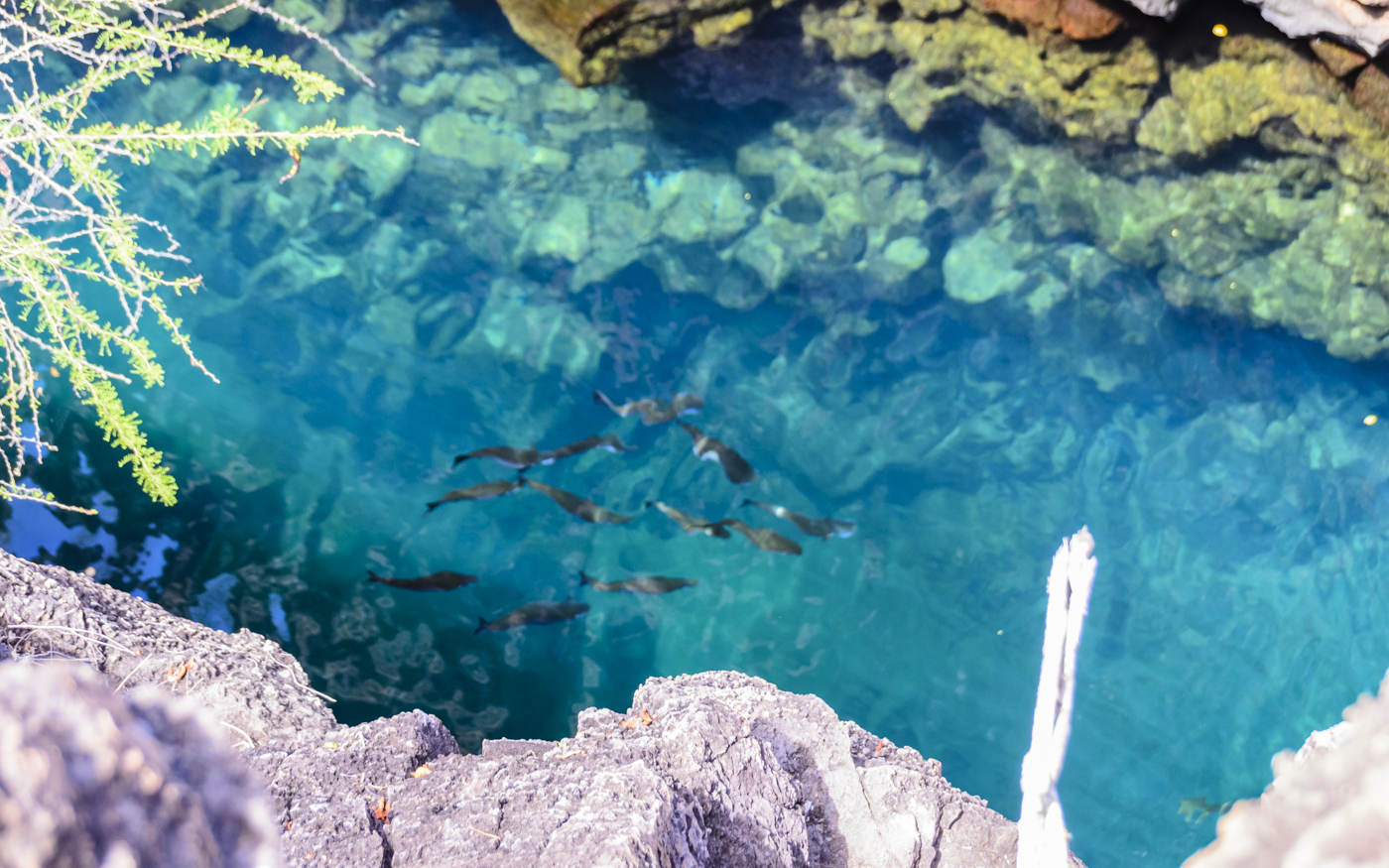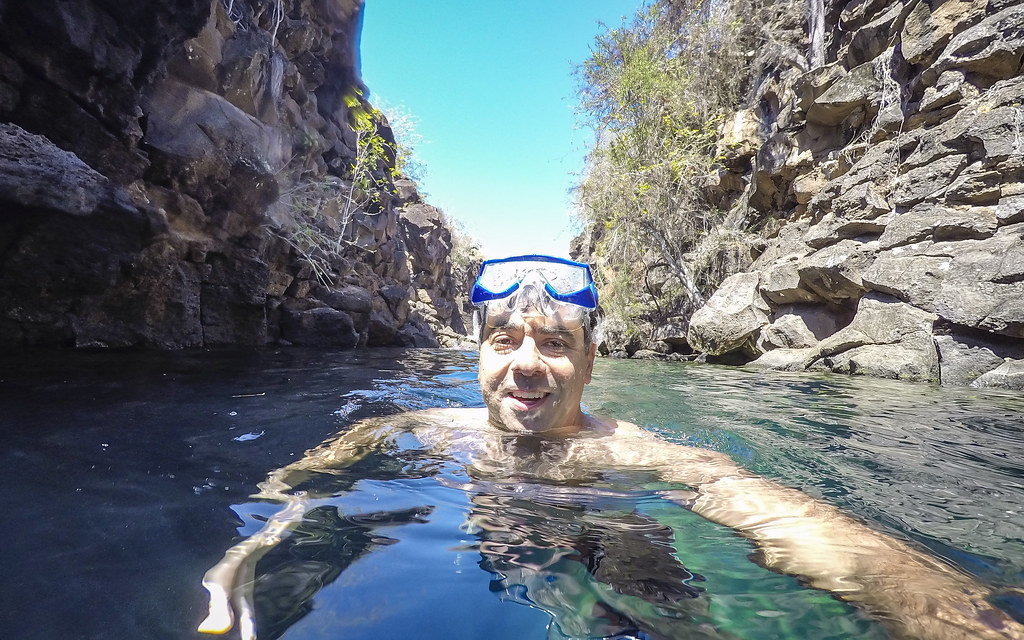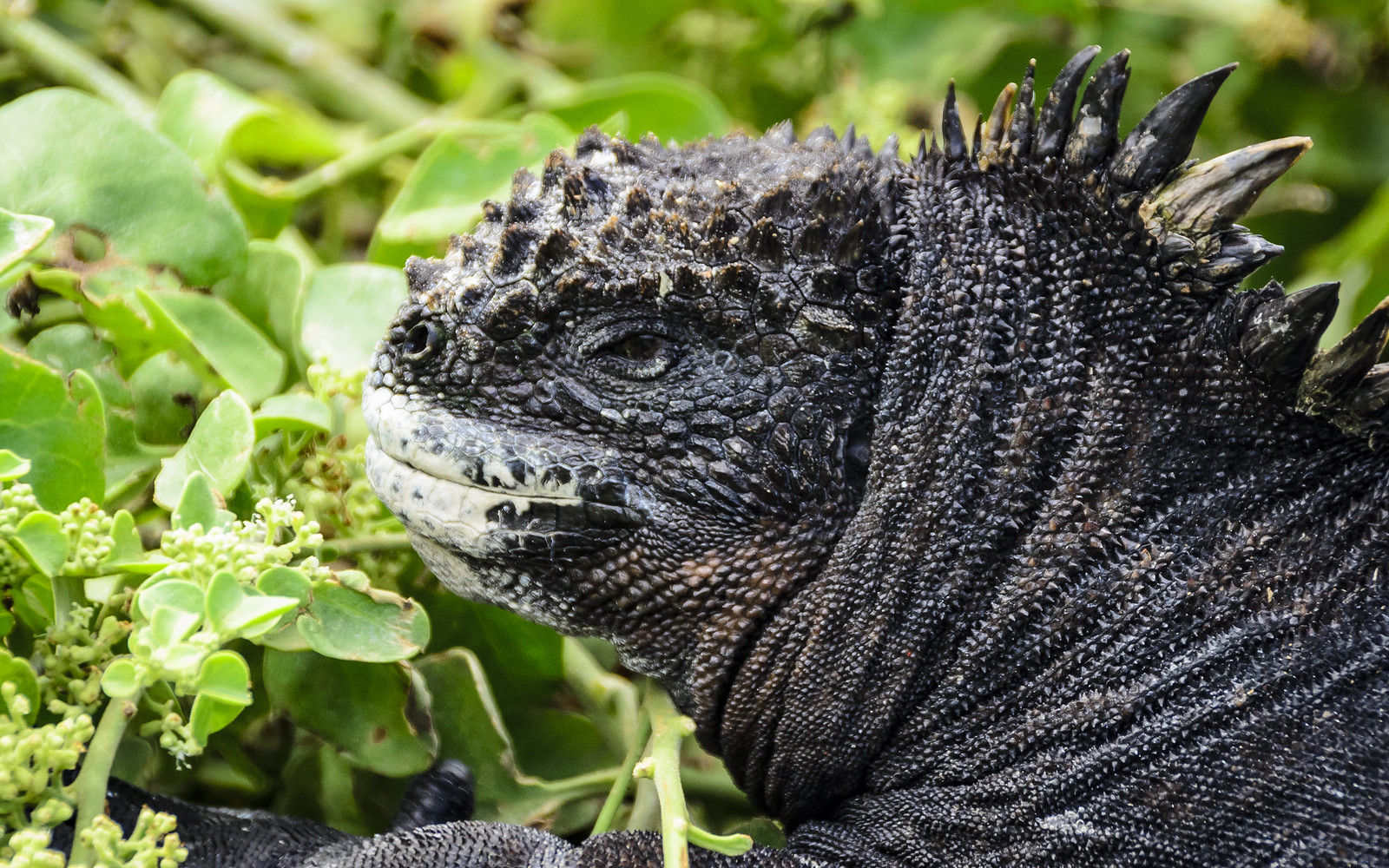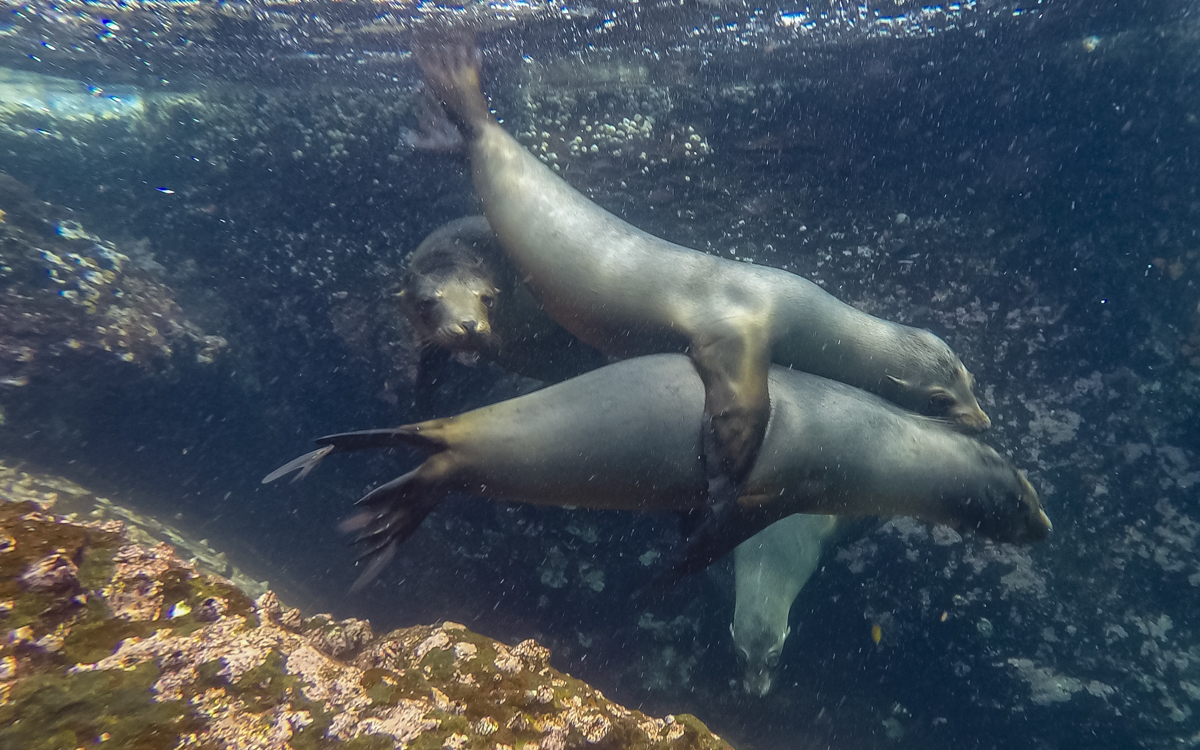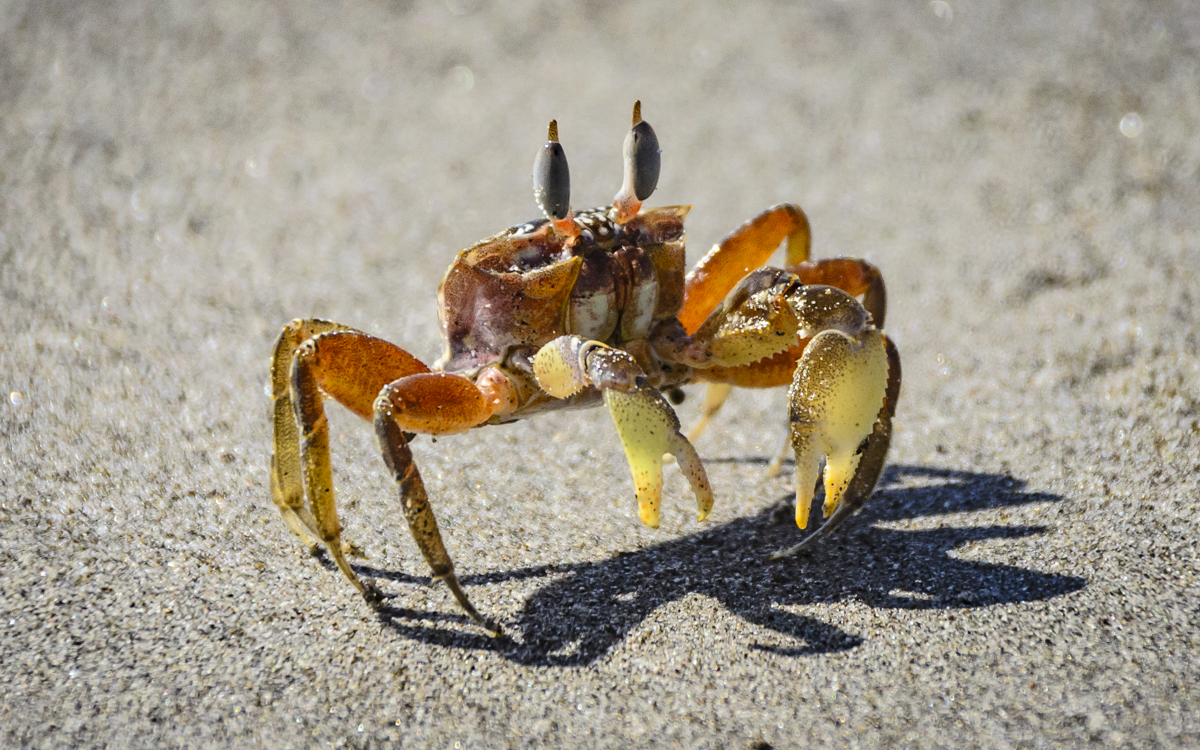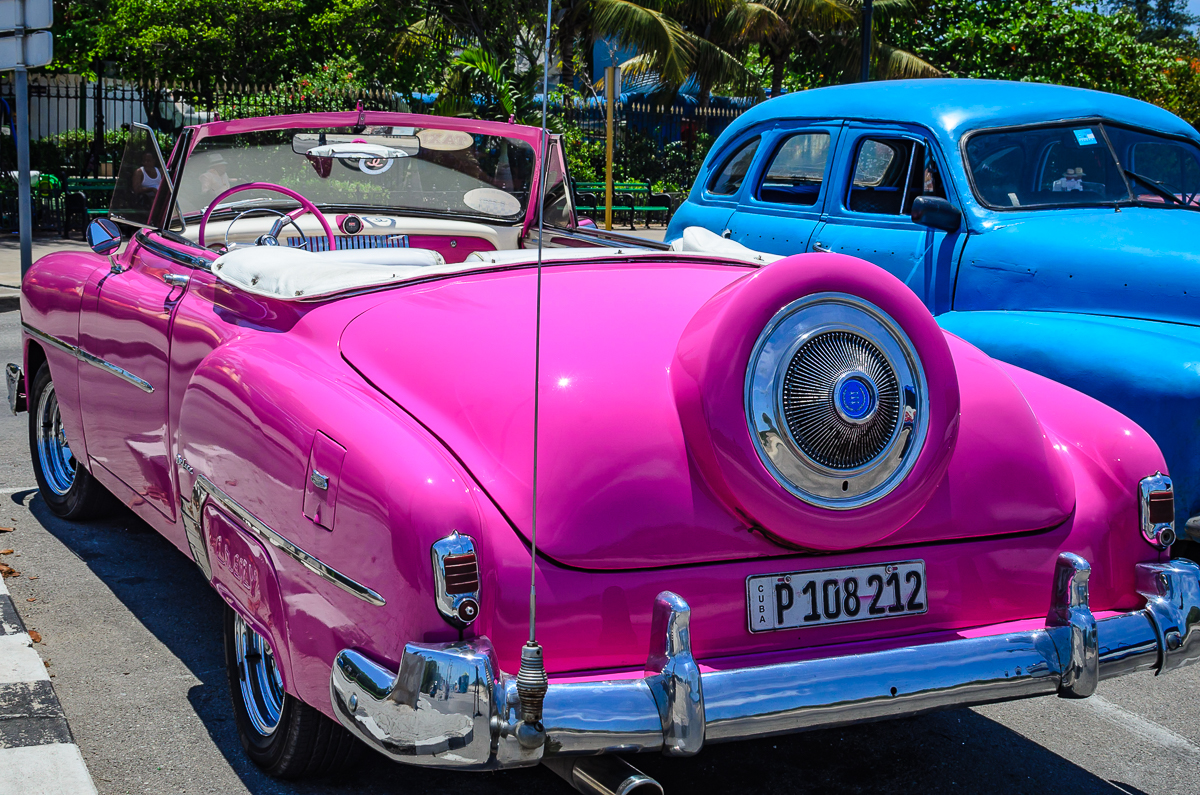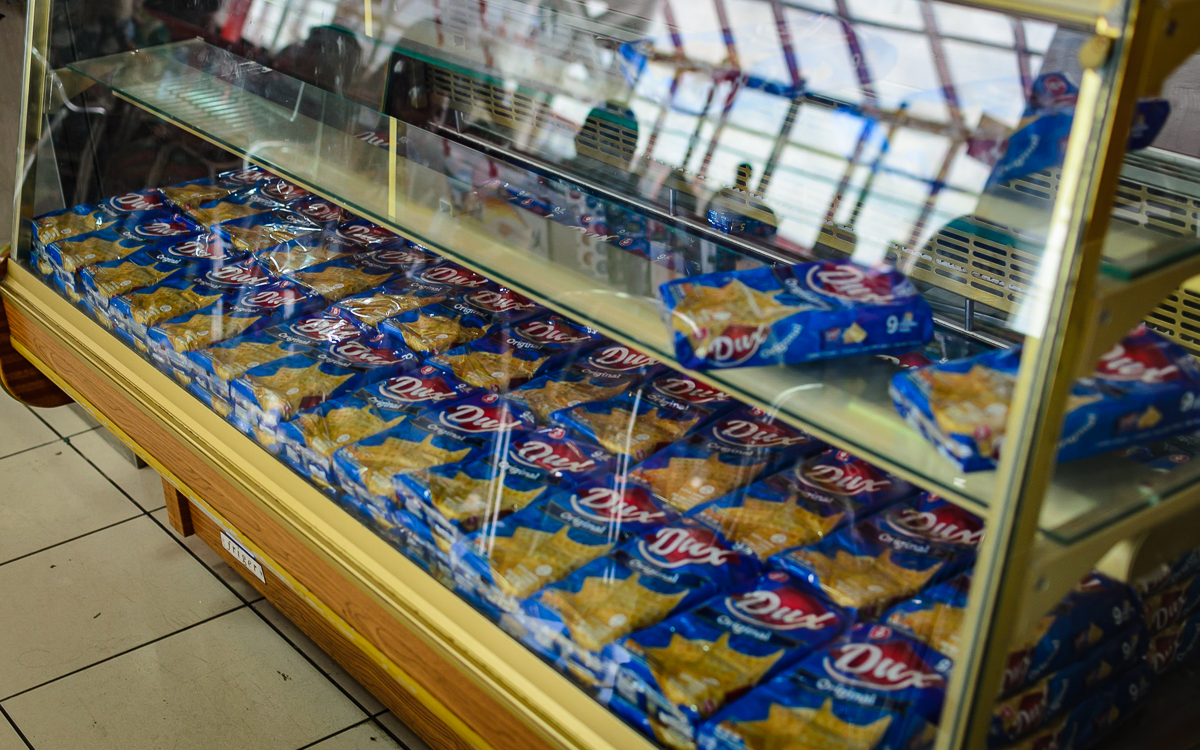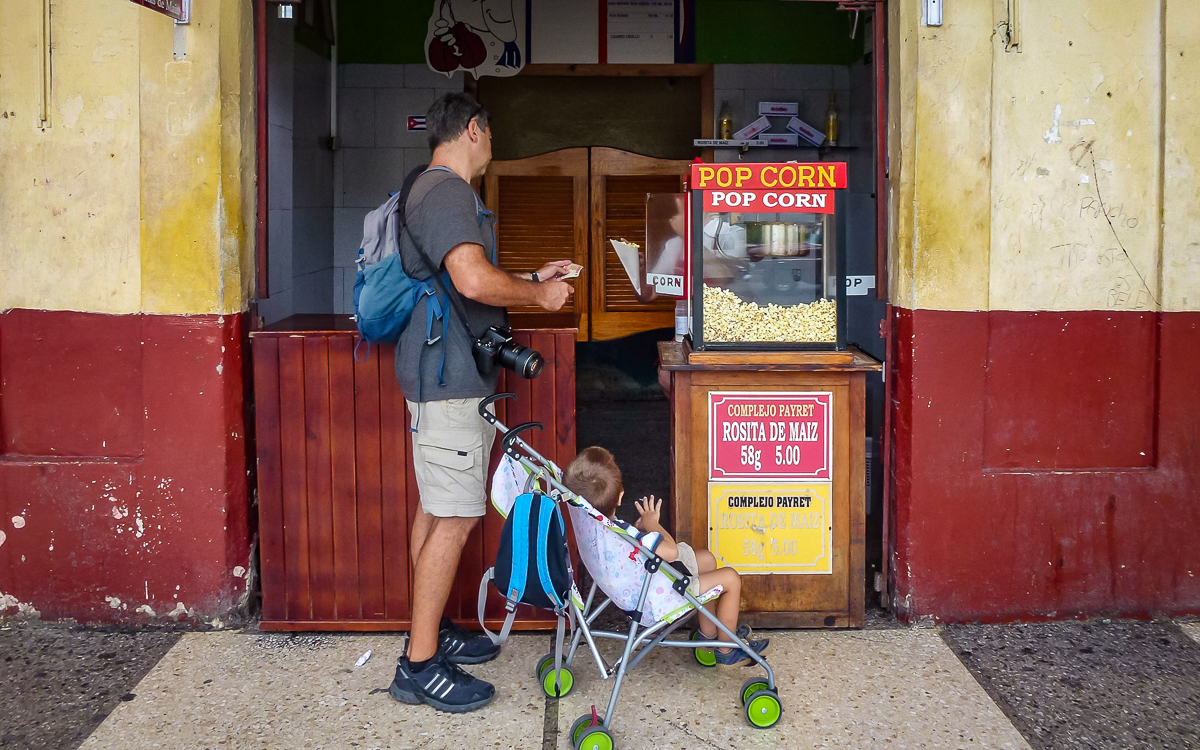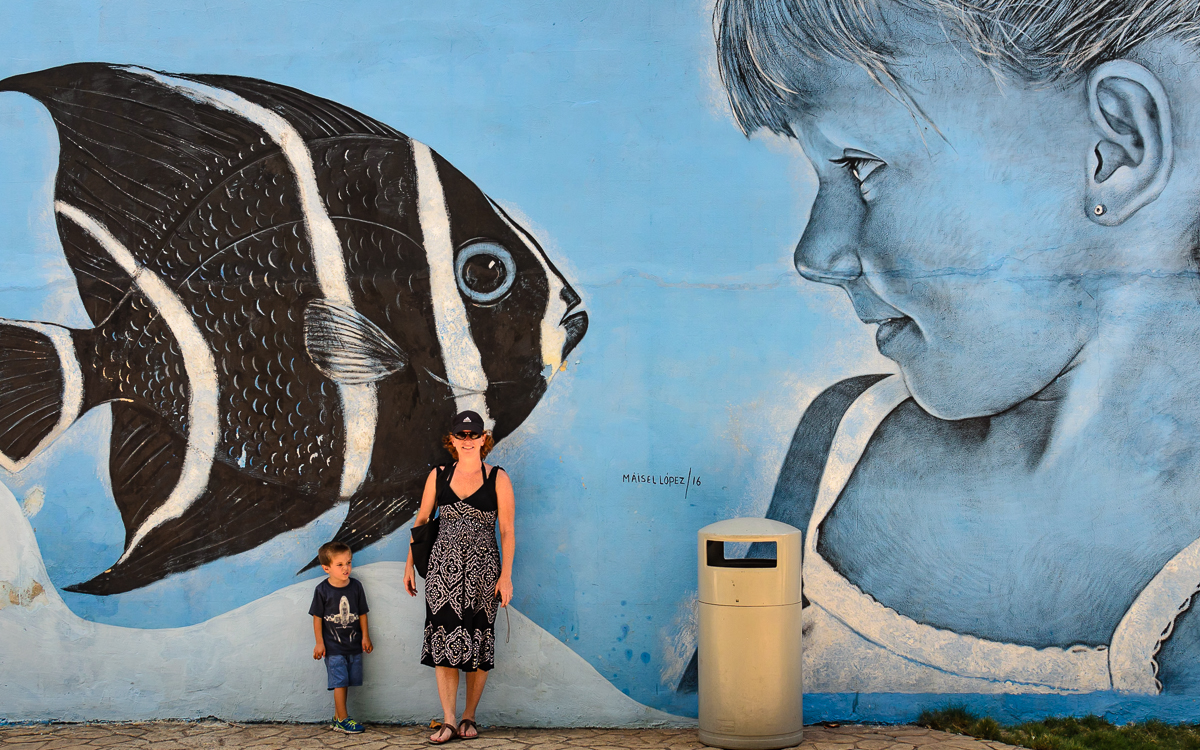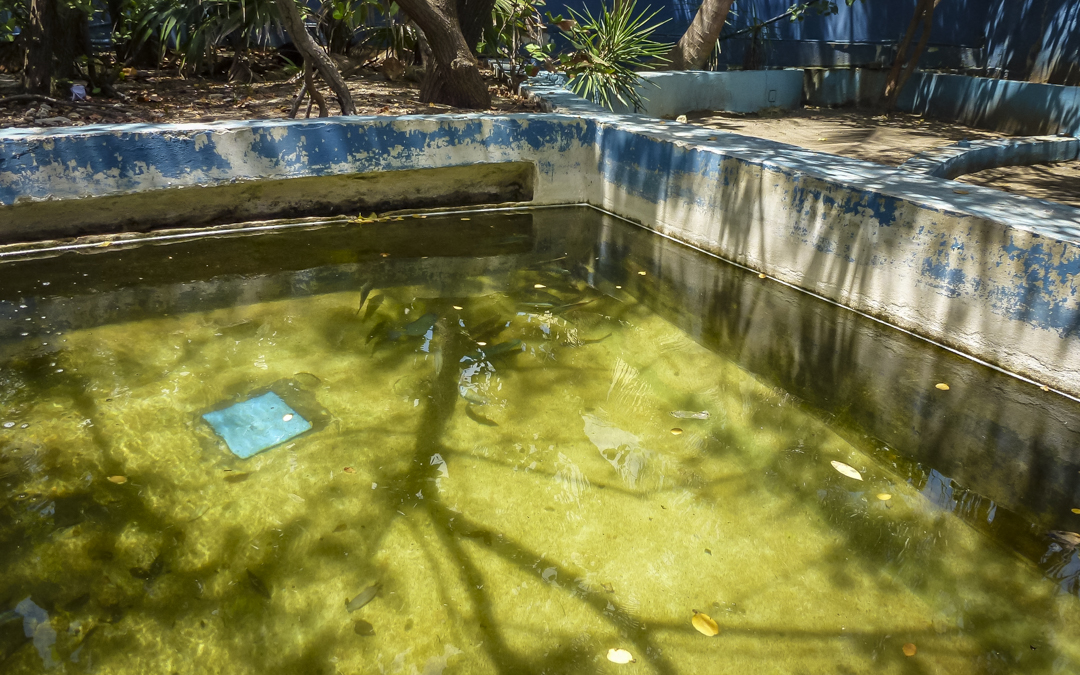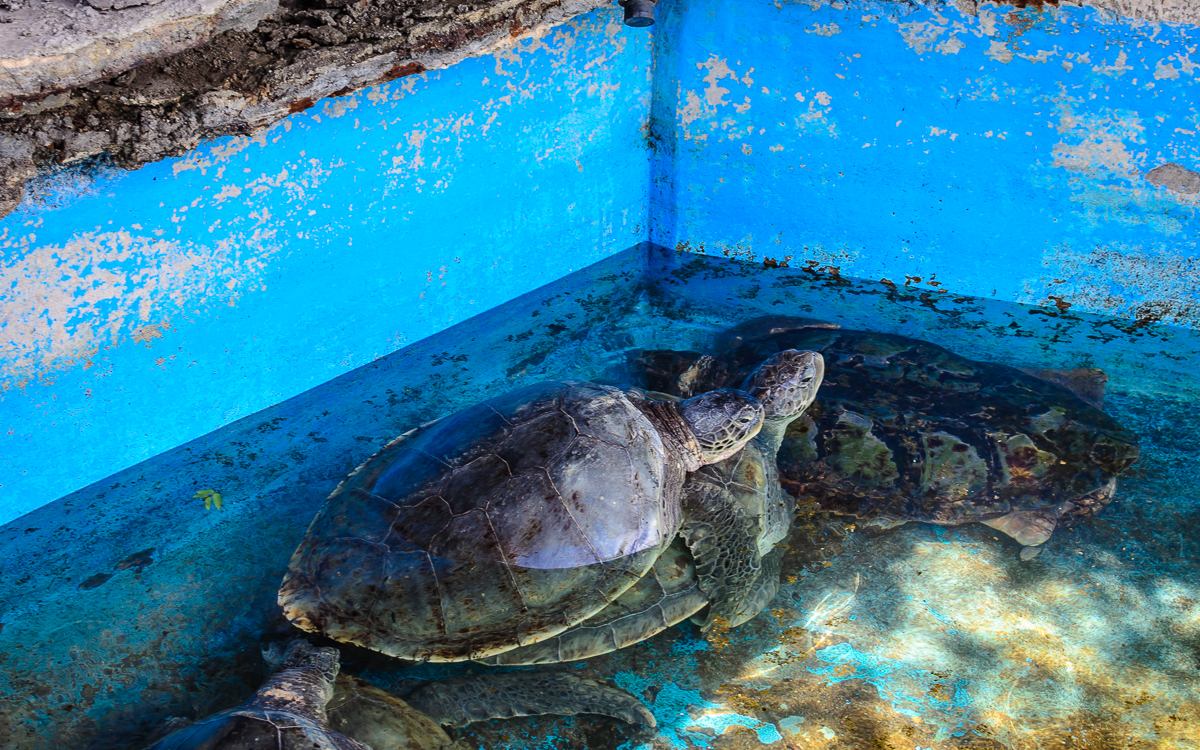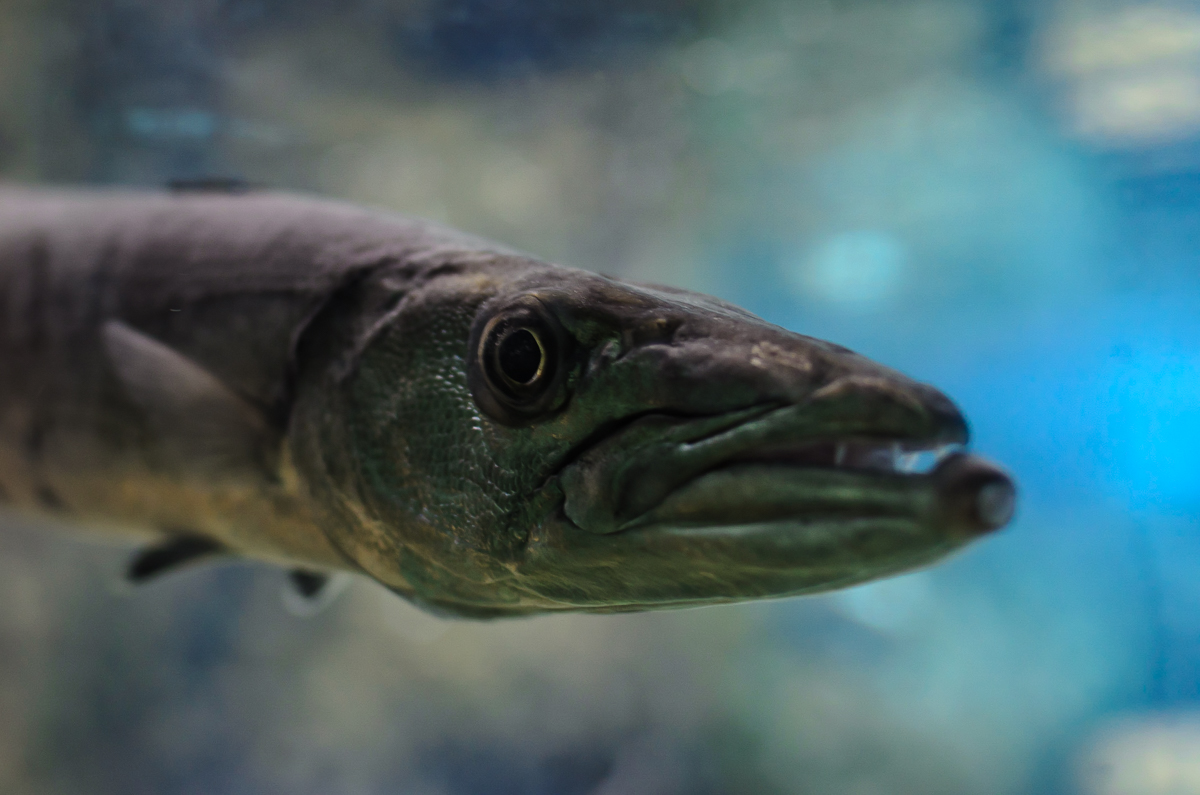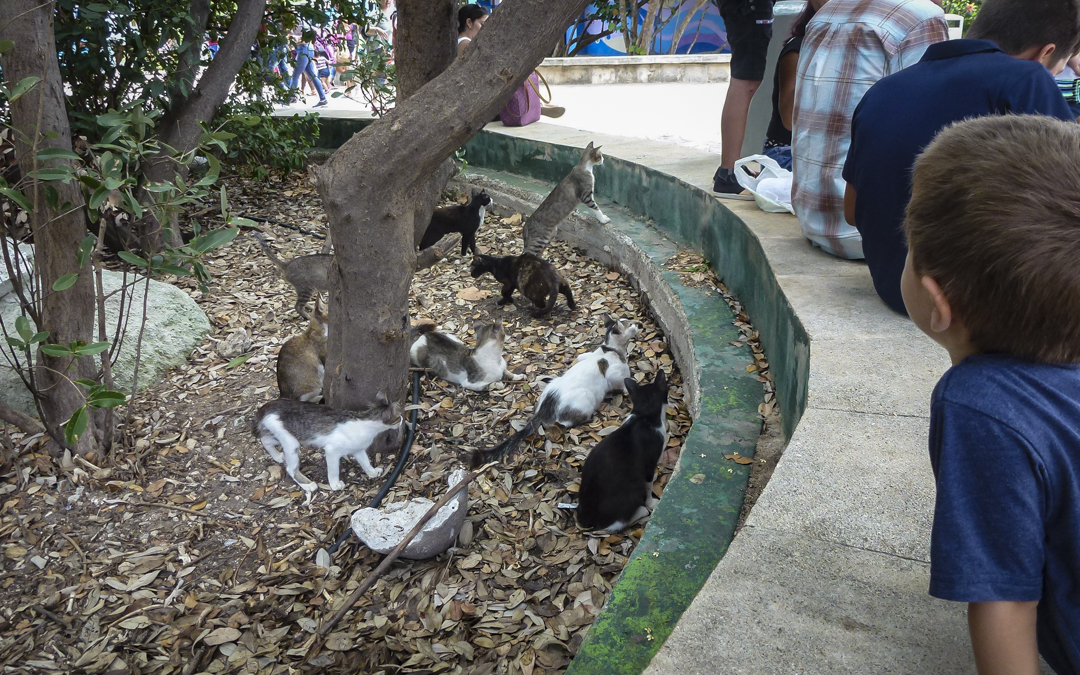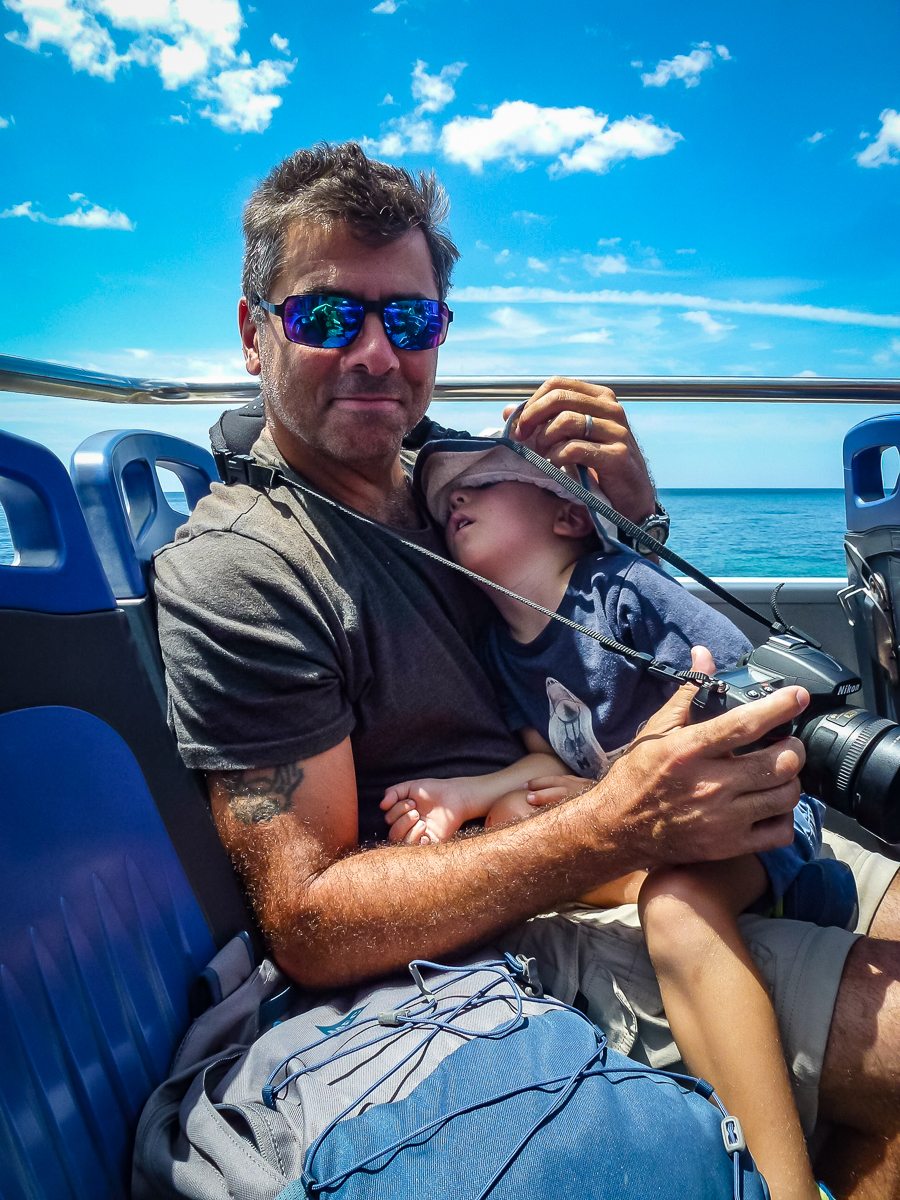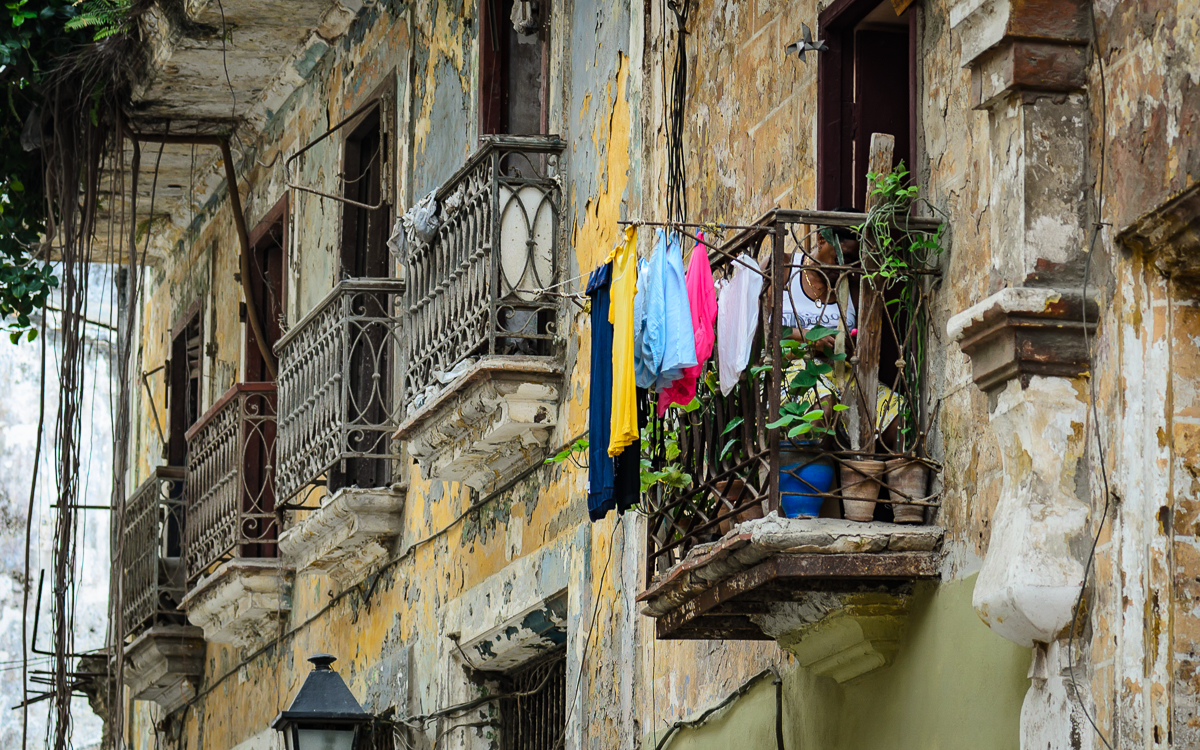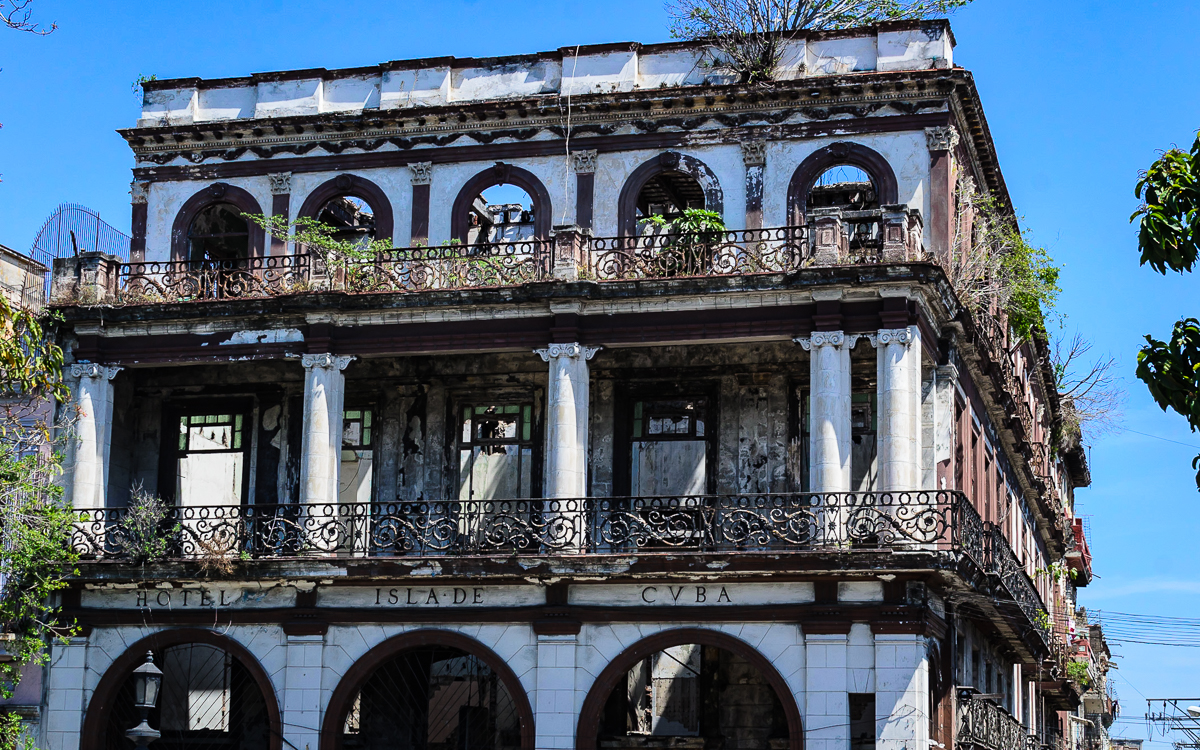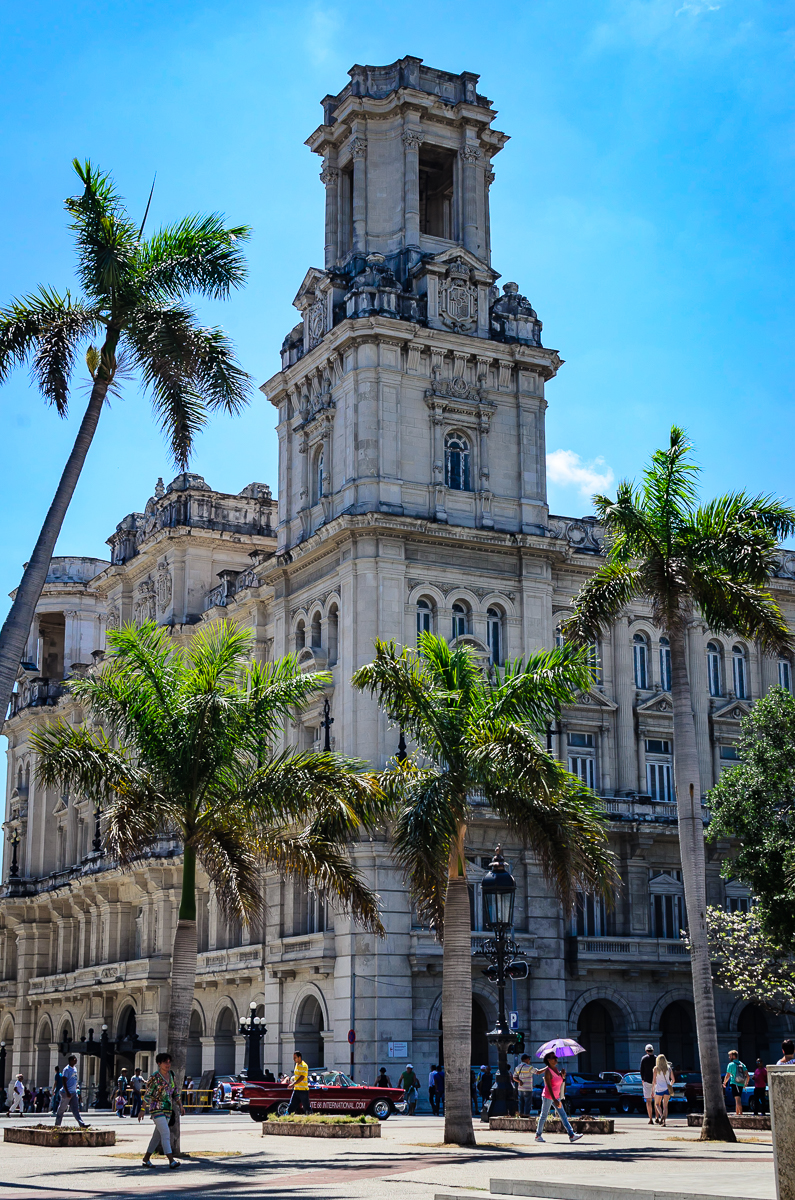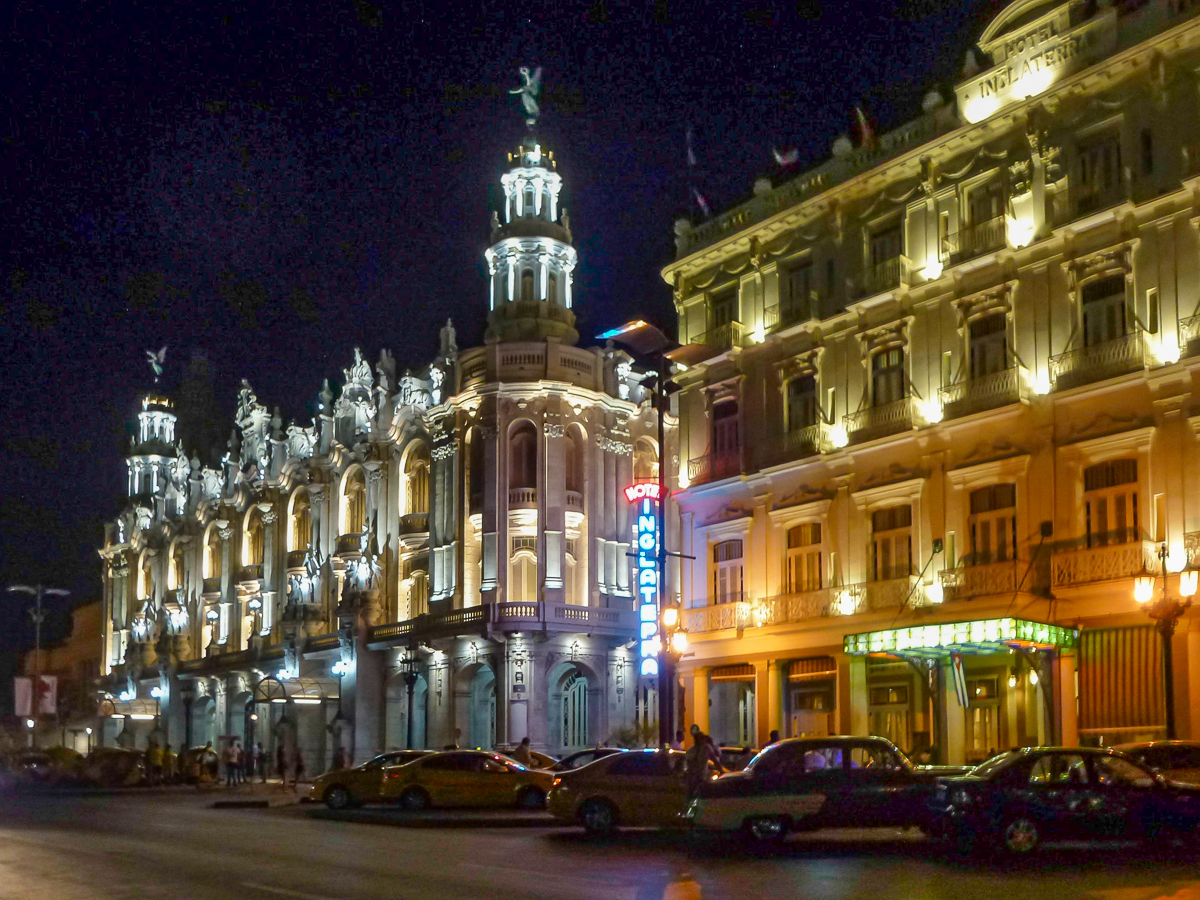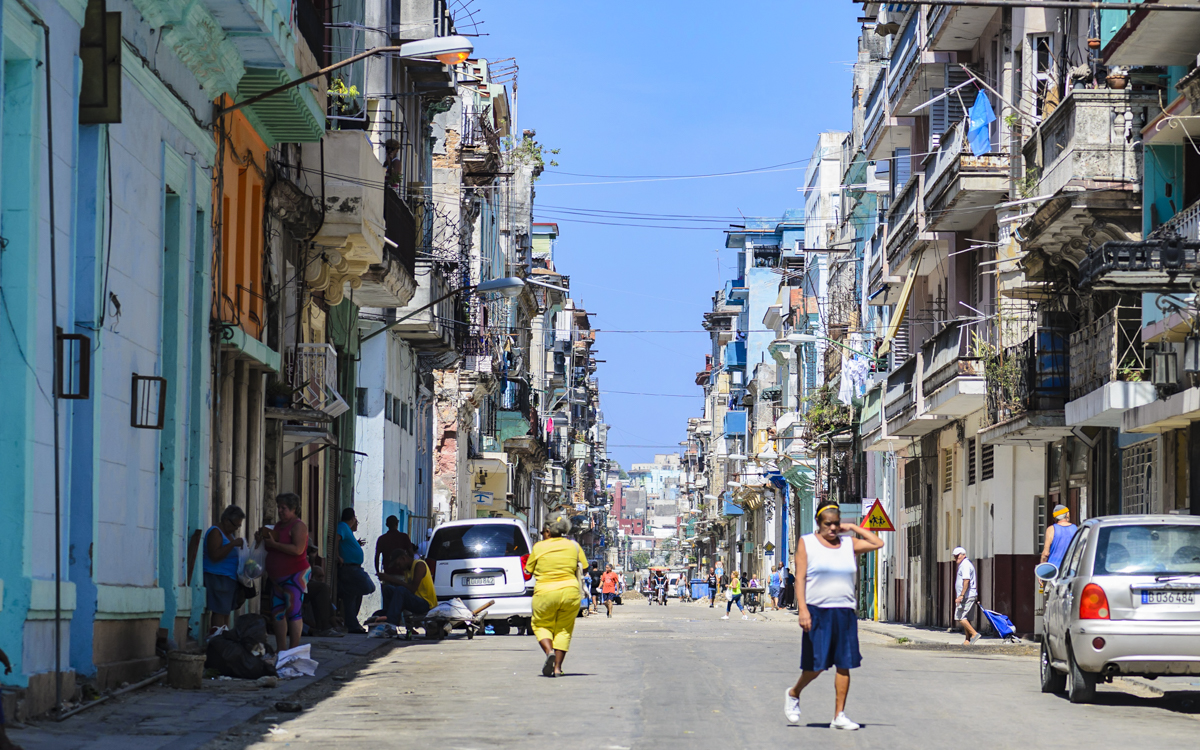Havana, Cuba. A time travel to 50s. Part - I
What to say about Cuba?! Ever since we returned I thought, how on earth can I describe it? We are glad we went, we had fun experiences and good memories, but the sensation of something difficult to swallow remained for a while. The feeling has faded with time, but it was very bewildering to feel like that. When we saw the difficult situations Cubans face every day, it troubled me to come to terms with my country’s part in their hardships.
All my life I’ve heard that Castro is a horrible dictator and that Cubans hate him and his evil government. For Okan’s part, not being raised in America, he had the impression of Castro as one of the few leaders that would not bow down to American interests. When you learn a more little history, from Cubans living in Cuba, you realize just how much grey there is around the American telling of Cuba’s history. Castro appears to be equally loved and hated…just depends on whether you are a Cuban that benefitted or was hurt by the Cuban revolution.
Only after Castro decided he was more aligned with communism, did the US go from supporting him, to deciding they needed to oust him. Castro survived over 600 assignation attempts! The CIA designed exploding cigars and seashells, along with some other pretty crazy plots. But eventually the USA hit Cuba where it really hurt, by cutting off all trade and freezing Cuban assets in the States. The impact of this is still seen today, as Cuba looks like a 1950’s time capsule. Before Castro almost 80% of Cuba’s commercial transactions were with the USA. Investors from the United States owned 50% of the public railway system and over 90% of the telephone and power industries. Americans owned the largest chain of supermarkets, several large retail stores, and most major tourist facilities. 25% of all bank deposits were held by American banks. Cuba was indeed America’s playground, not just for tourist but financially.
Touring the museum of the revolution made clear the problems of Bastista’s corrupt government (which was supported financially by the USA…and the US Mafia) and the issues that Castro was trying to solve in the revolution. Castro, an affluent and educated lawyer, initially tried to oust Bastista through the Cuban court system, but that obviously failed. Castro’s main objective was to take the destiny of Cuba out of the hands of outside interests, and return it to the people of Cuba, and provide equality for the poor and marginalized Cubans, especially the Afro-Cubans. Prior to the revolution, blacks were not even allowed on the beaches! The other main objectives were to bring education and health services to all Cubans.
Unfortunately, becoming an enemy out of your greatest trading and investment partner, really does impact your economy. Especially when the USA ensured that none of her allies would trade with Cuba either. Russia filled some of the void, but fell woefully short of providing products and services that were once readily available. The lack of trade, in addition to the state micromanagement of just about everything, impacts all Cubans…and by extension, all tourists in Cuba!
Let’s take for instance, trying to buy groceries. Looking in food cases designed for the 50’s diner to display baked goods, we found mostly …. pasta. Not even assortments of pasta…just one brand, one kind, lined up across the whole display. That’s it folks…that’s what’s for dinner! We initially thought we save money on this trip by cooking our own meals…we realized that was never going to happen here. So we adjusted our budget and headed out to eat.
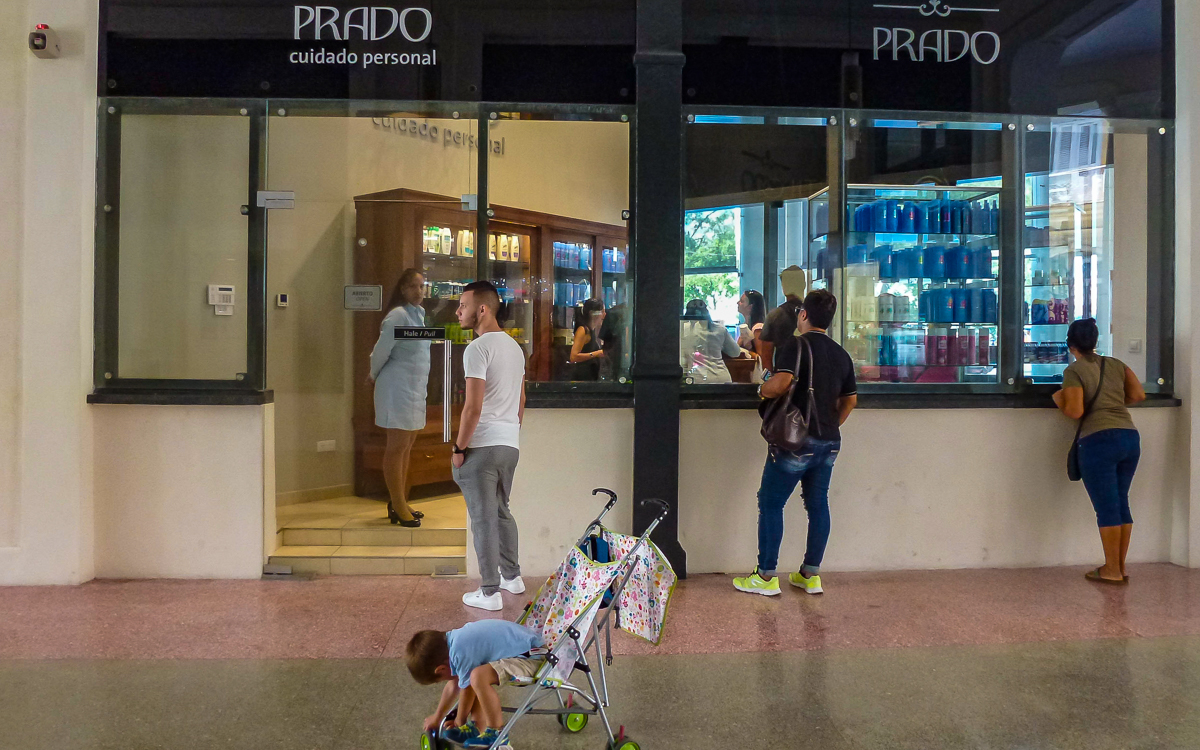
Next, let’s talk personal items like Sun Cream. Since we did all carry on luggage to Cuba, we left the huge tube of Coppertone in the camper lest it get tossed at the airport. No problem right, just buy it when we arrive! Wrong! We were even in a Mall with hundreds of stores, and found no trace of sun cream. We finally found the only store in Havana selling it, the one in the lobby of a finely preserved, extremely expensive, luxury tourist hotel (a place we would have never ventured had we not been told to go there). There it was, locked up behind a display case in this tiny boutique store. We had to wait in line to even get in the store, as the store can only have 5 people inside at a time.
https://farm1.staticflickr.com/883/41898177125_948f3bd116_o.jpg[/img]
In our quest for affordable food options, we tried the hamburger stands that were everywhere. It’s kind of a mix of beef and ham, and well…kinda tasted pretty crappy. You also have to make sure you have exact change, as there are two currencies in Cuba…the one for locals and one for tourists. You will get the local currency for change. The small shops will only do a 1-to-1 exchange, but the local currency is lesser in value. You can very quickly end up with pockets of near useless change.
The popcorn and ice cream stands were much better and we made regular stops at these. Needless to say our diet here wasn’t so great! After seeing the food situation, we also opted for our hosts to provide our breakfast every morning. Scrambled eggs, toast, fruit, and some cold cuts, with mango juice. We were relieved to not have to search for our morning meal to start the day.
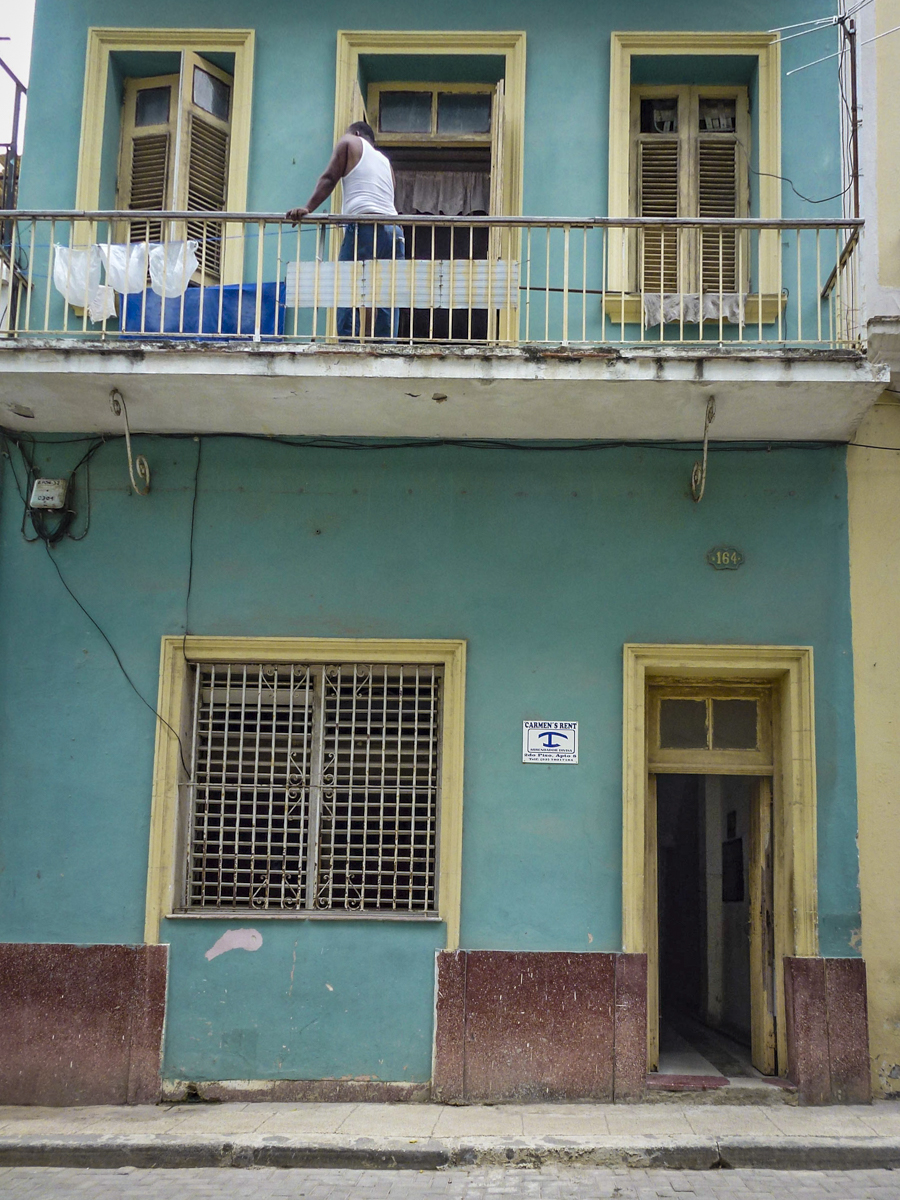
Our hosts were running what is known as a “Casa Particular”. They all must show the little symbol by the doorway, letting you know the place is approved by the government. If not, a Cuban running an illegal operation can get into serious trouble. Those approved, can open their home for people to stay, much like a bed and breakfast, but usually in what looks like an apartment building. This is new for Cubans, a chance to run a private business, and Cubans are excited to venture into this new area. We actually booked on AirBnB! Although Castro had once desired to put the destiny of Cuba in the hands of the people, it really ended up in the hands of the state which controls most everything. But small changes like this are beginning to be seen.
One of the good things that came out of the thawing relations between Cuba and the USA under President Obama, is that Americans could give their tourist dollars directly to these new Cuban entrepreneurs, and not be forced to pay the tourist companies and large hotel chains. According to our hosts, the influx of Americans entering Cuba had started helping locals because the the services and products around the tourist trade were also growing. Of course, Trump shut the door again on that policy stating it hurt the local Cubans. Ah, here we go again, what Trump doesn’t know, ends up hurting others. Poverty and financial disparity still definitely exist in Cuba, but helping Cuba grow it’s tourist industry again helps all Cubans.
